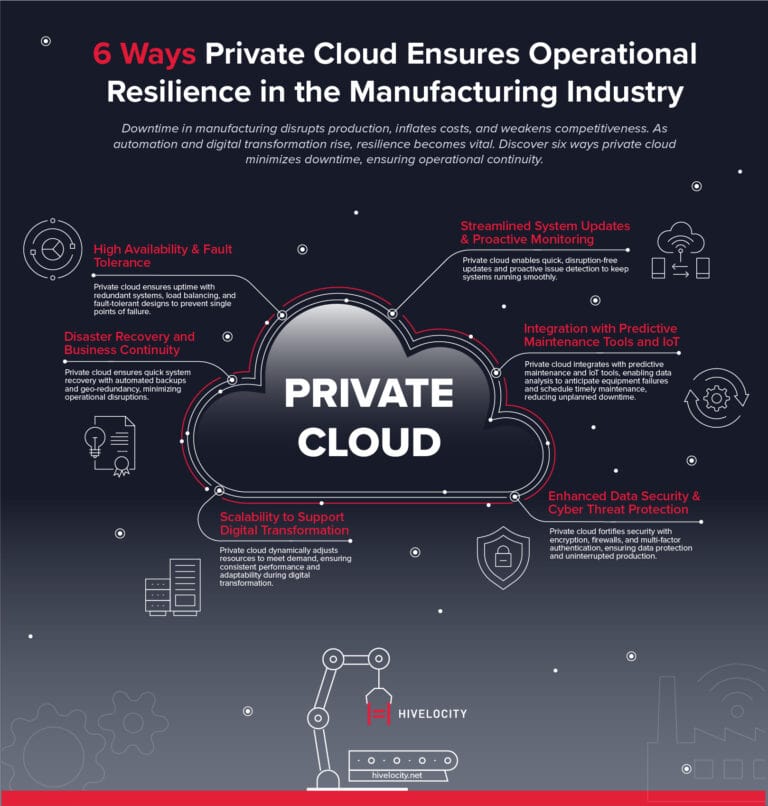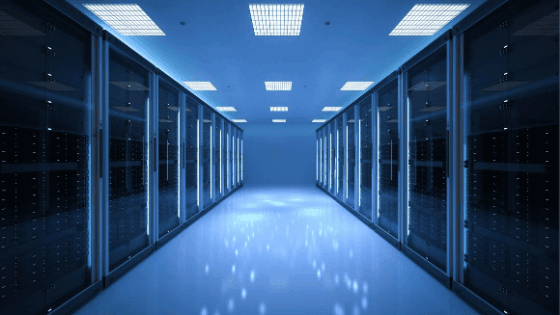
Edge computing is more than just a buzzword. If you’re active within the tech community, this probably isn’t your first time hearing it. Conceptually, it represents a shift in industry thinking regarding the role of physical location in our digital lives. As the internet’s worldwide influence grows, companies within the tech and information sectors must take an increasingly global perspective to remain relevant.
This is where Hivelocity comes in. With our most recent expansion, Hivelocity now offers customers access to 32 data centers in 26 cities across 4 continents. With the ability to reach 80% of the world’s internet population within 25ms, this means edge computing is now more accessible than ever.
But what does this mean for you? What is edge computing and who stands to benefit the most from it? Is edge computing something that should be on your company’s radar?
In this article we’ll take a look at the basic principles of edge computing, its potential advantages, and discuss the changes this new decentralized philosophy is likely to bring about over the coming years.
What is Edge Computing?
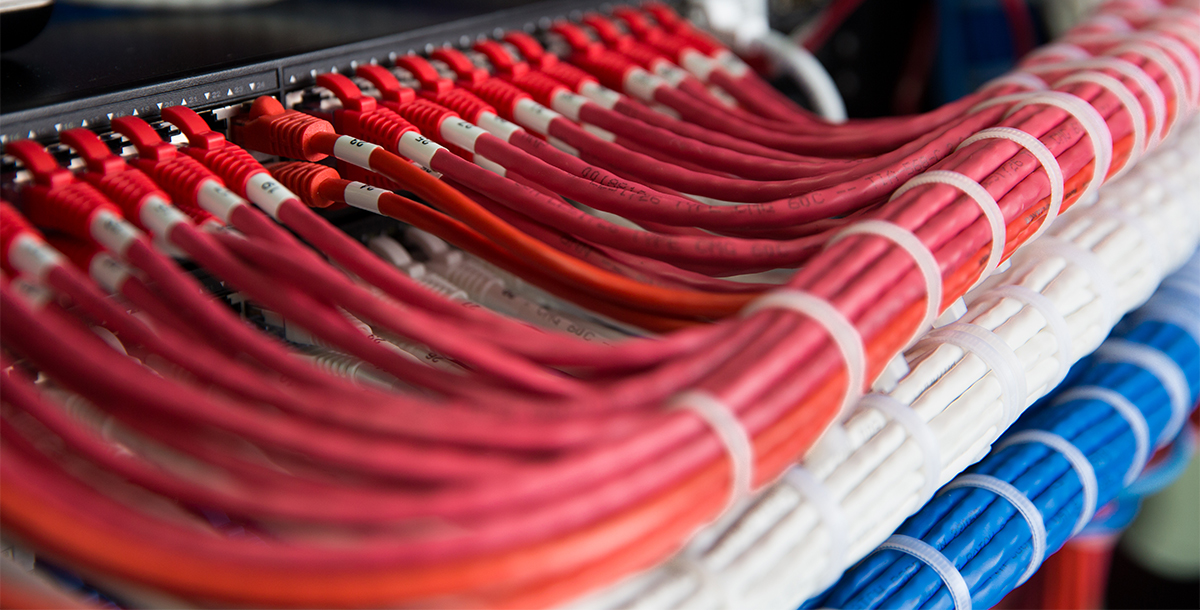
Over the last decade, with the global transition towards cloud computing, the way companies and individuals interface with data and media online has changed completely. Hyperscale facilities housing tens of thousands of servers and transferring data across the world has become commonplace. People praise the cloud for its accessibility and pervasiveness. As the resource requirements of artificial intelligence, smart devices, and the Internet of Things (IoT) grow more demanding though, this centralized method of data storage and transfer is struggling to keep up. Not only have cloud services proven more expensive for many companies than expected, their long-term effectiveness is being questioned. The solution to this growing problem? Edge computing.
At its core, edge computing is the idea that proximity affects performance. The more distance you put between a device and the servers storing its data, the longer you’ll wait for that data to be accessed. By reducing physical distance through the utilization of edge locations, companies can improve application performance while reducing latency and bandwidth usage. This not only creates a better experience for users but can greatly reduce costs for companies as well.
But how does it work? What are the advantages to using these new edge solutions?
Reduced Latency
The truth is, location does matter. The reason for this comes down to a simple law of physics. Currently, data transfer cannot exceed the speed of light. While this equates to 299,792 kilometers per second (or about 670,616,629 miles per hour according to space.com), this cap on maximum achievable speed means the distance between location A and location B affects how long it takes data to transfer. Although this difference may only be a fraction of a second, depending on the industry in question, this can make all the difference. In highly competitive sectors such as online gaming and stock trading, every millisecond matters.
By reducing physical distance through the utilization of edge locations, companies can improve application performance while reducing latency and bandwidth usage.
It’s not just an issue of speed though. While reduced latency is one of the biggest drivers of edge-based technologies, it is far from the only benefit these new solutions offer. The other key advantage edge solutions present is in reduced bandwidth usage.
Reduced Bandwidth Usage
Let’s say your building has a security camera attached to it that records and feeds stored footage to a cloud-based server somewhere. This data transfer takes up bandwidth, and depending on the physical distance present between the device and it’s storage servers, the speed of uploading or retrieving this data will vary. On it’s own, this one camera pushing it’s single stream of data probably isn’t placing a great burden on your network.
But what if you were to install ten of these cameras? Or a hundred? As the number of devices in constant communication with the central storage server increases, their resource demands increase accordingly. While one camera pushing data through your network might have little impact, as the number of devices operating along these same fiber optic cables increase, the strain they place on the system increases as well.
Beyond the impact these devices have on your network’s efficiency, they play a role in your company’s finances. After all, data transfer requires energy and energy isn’t free. By reducing the strain your devices place on your network, you can reduce the strain your network places on your budget.
So the question becomes, “Do these devices really need to transfer EVERYTHING to their central server? Would it be possible to transfer less and still retain effectiveness?”
The way edge computing solves this issue is by placing more links in the chain, using edge locations as a means of filtering large quantities of data over a smaller distance. These smaller packets can then be transferred over greater distances with less negative impact.
By reducing the strain your devices place on your network, you can reduce the strain your network places on your budget.
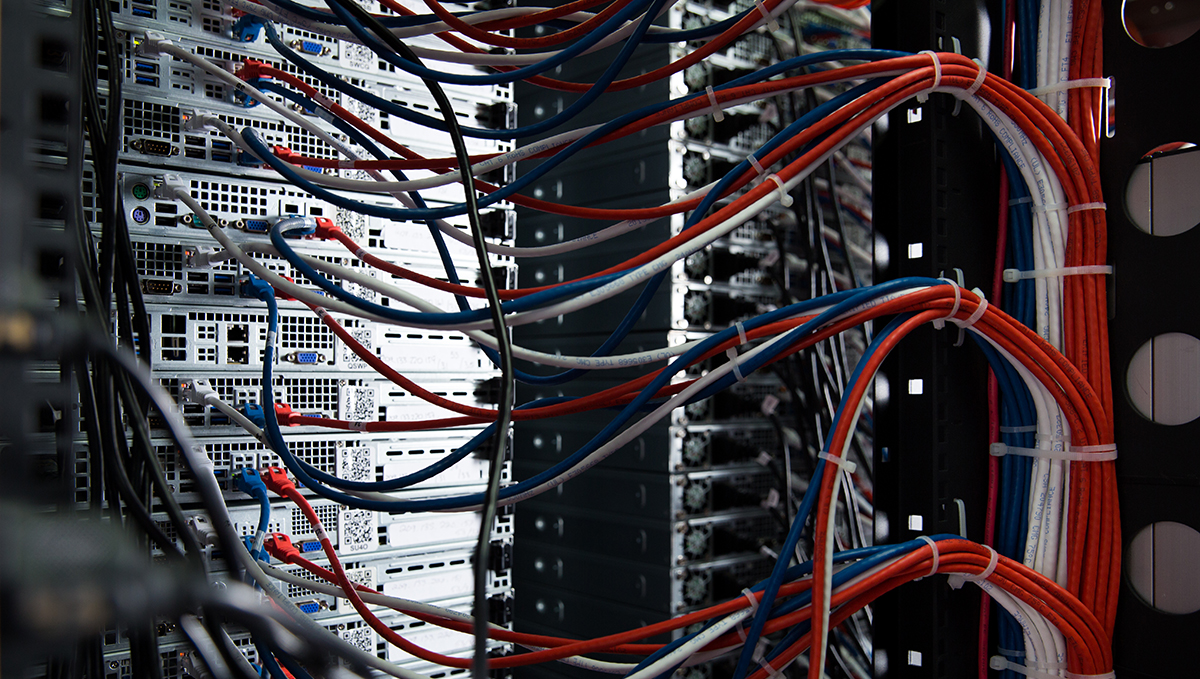
Let’s go back to the security camera example. Instead of sending all the raw data collected from all of these cameras to a single centralized location, what if there was an additional server at an edge location closer to the devices in question? By outfitting this new server with some basic machine learning, it could be trained to filter out content that doesn’t meet specified conditions. After all, if 90% of your footage is of an empty parking lot, does this footage really need to be stored indefinitely? Wouldn’t your network run significantly faster if instead these cameras only transferred the 10% of relevant footage?
As someone using these cameras, chances are you wouldn’t be in a position to set this up yourself. But, imagine that you’re the owner of the company who makes these cameras. You have hundreds or thousands of these devices out in the world, all sending data to your cloud server. Keeping that network flowing becomes the responsibility of your company, and the financial burden of moving all that data is yours to bear. By making use of edge locations, you can utilize several smaller servers placed in strategic geographic regions. These servers filter and pair down incoming data until only the essential data remains. Your network runs better, your company’s costs go down, and these savings can be passed along to the consumer, making your product more competitive in the marketplace.
Some companies are even taking this a step further, placing edge solutions directly into their IoT devices. With computing technology constantly shrinking in price and physical size, the ability to install processors into everyday objects is only becoming more common. This gives these devices the power to process data at the source before sending out anything. This is just one way in which companies are using the edge computing mentality to save on costs and resources.
Edge computing is now more accessible than ever.
It’s not just developers of smart devices that stand to benefit from the shift to edge computing though. Let’s take a look at some of the other industries which could see increased benefits from the use of edge computing solutions.
Who Benefits from Edge Computing?
As more companies grow reliant on cloud-based services and software, the potential advantages of edge-based solutions offer increasing benefits to everyone involved.
For companies who utilize or produce resource-intensive software, the bandwidth costs of running their services through the cloud can accumulate quickly. If your company utilizes virtual reality, augmented reality, or artificial intelligence technologies, chances are you’re paying a lot for the cloud services necessary to store data for these resource-intensive tools. By utilizing edge solutions, you can reduce the strain these technologies place on your cloud network. Instead of moving all that data simultaneously, you can use edge location servers, known as Edge Gates, to process and filter data closer to the source. By letting local machines handle some of the heavier lifting, you can keep your larger network flowing smoothly.
Keeping your servers closer to you users allows you to provide consistently superior performance.
This will be especially important as technological integration in public facilities moves us closer to a future of smart-cities and self-driving cars. These devices require extensive data mobility. Without the use of edge solutions, both within these devices and in nearby data centers, the ability for these new technologies to upload and retrieve information will be severely limited.
As mentioned earlier, one of the key advantages of edge computing is a reduction in latency. For companies who provide streaming services or competitive gaming experiences, this advantage makes edge solutions a growing necessity. For gaming especially, the presence of lag can ruin an otherwise great game, driving away its community and damaging your company’s reputation. Edge solutions help fight this issue of latency, giving your company the competitive edge it needs to stay on top.
Companies within the mobile gaming and app development sectors will benefit from edge solutions as well. Keeping your servers closer to you users allows you to provide consistently superior performance. Realtime applications designed to foster teamwork and collaboration over large distances are often subject to communication delays. This can lead to misunderstandings and decreased efficiency. By reducing the negative effects of latency, you can keep your customers happy and engaged, providing them with an improved user experience that helps you stand above the competition.
Finally, edge computing even offers advantages to traditional domain hosting. After all, we all know the average internet user is pretty impatient. The studies showing this are numerous. Slow loading speeds on websites and eCommerce shops can be a death sentence for growing companies. The fact is, if two services provide the same experience, but one does it smoother and faster, that service will likely outperform the other. Don’t give your competitors a free advantage. By utilizing edge computing, you can minimize the effects of latency and resource usage, providing your customers with the best experience possible while reducing the financial strain of new technologies on your company’s budget.
Now that you know more about edge computing, the advantages it offers, and the industries which stand to benefit from it, the question becomes…
Can Your Company Benefit from Edge Computing Too?
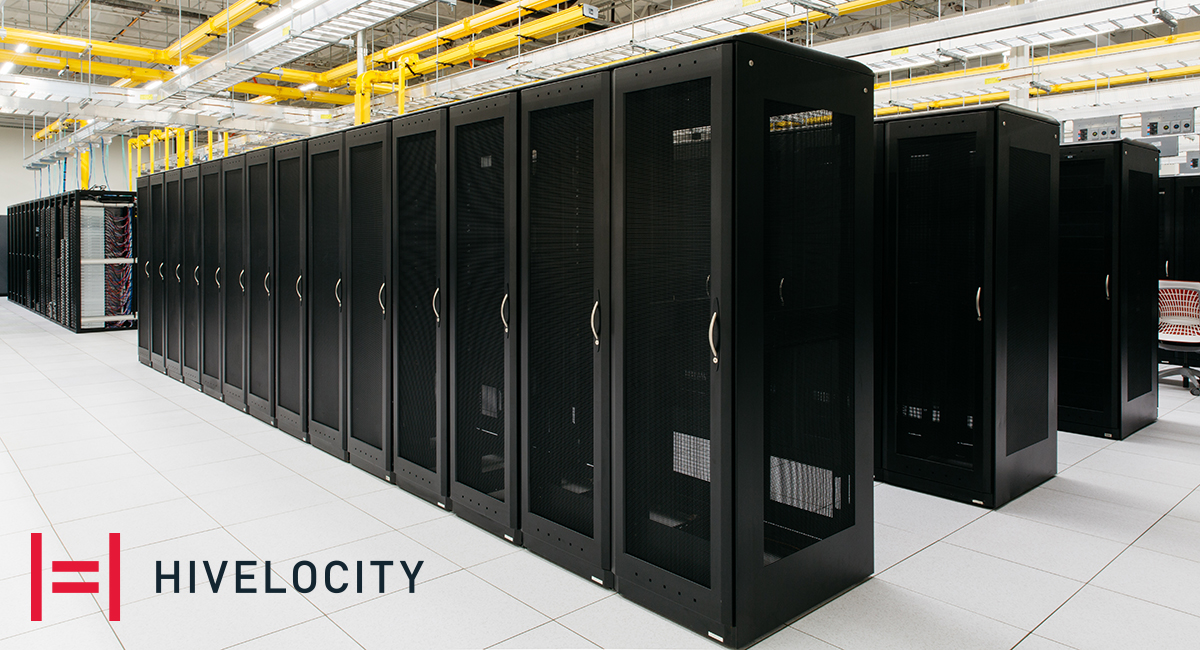
If you’re wondering if edge computing can provide advantages for you and your company, chances are the answer is yes. If your products or services already utilize cloud solutions, then the addition of edge locations can offer you cost reductions, greater network stability, and improved performance for your customers and users. After all, who doesn’t like saving money while simultaneously improving quality?
With Hivelocity now operating more data centers in more countries than ever before, there’s never been a better time to consider the benefits edge computing can offer you.
So, if you think edge computing might be right for your business or would simply like to discuss your options, give our sales department a call or open a chat. Let us show you how Hivelocity can provide your company with the edge advantages that will help you dominate the competition. It’s time to take your servers where your customers are.
We Want to Hear From You!
Is your company planning on or already utilizing edge solutions in your daily work? Are you a cloud user paying too much for your data and looking for a better alternative? Leave a comment below telling us how you intend to use edge computing to benefit your company. If you found this article helpful, be sure to share it on your favorite social media platforms, and don’t forget to like us on Facebook!
-Written by Sean Kelly
Additional Links:
In need of more great content? Interested in VPS, Private Cloud, or Colocation? Check out our recent posts for more news, guides, and industry insights!
